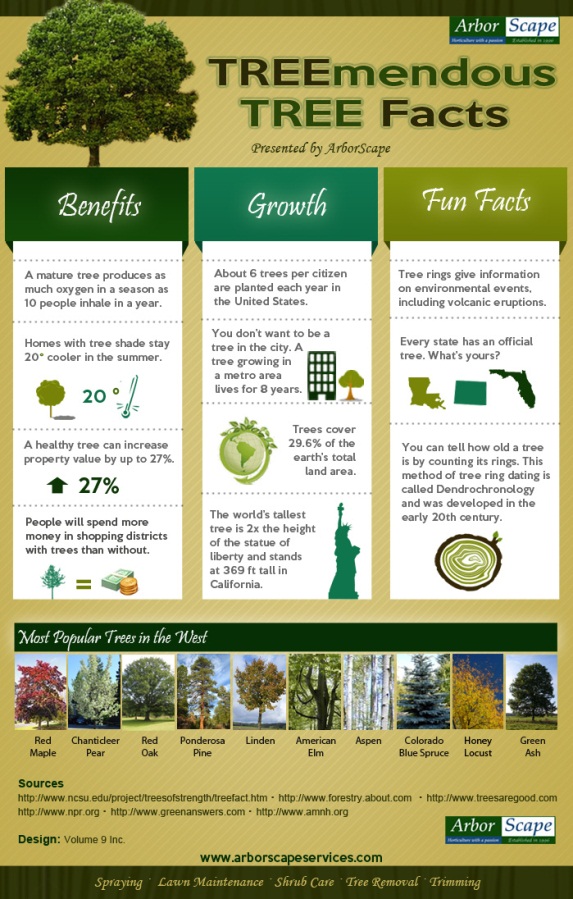Hints That Suggest Tree Removal: Just How To Area Hazardous Trees
Hints That Suggest Tree Removal: Just How To Area Hazardous Trees
Blog Article
Created By-Reid Cormier
When it involves tree care, recognizing the indications that it's time for elimination is important for your safety and property. You could observe tarnished fallen leaves, wilting branches, or odd fungal developments showing health problems. Architectural concerns, like a significant lean or cracks in the trunk, can additionally pose risks. Recognizing these indication can assist you make educated decisions about your trees and stop prospective hazards hiding in your backyard. What should you try to find next?
Signs of Degeneration and Illness
When you discover indicators of decay and disease in your trees, it's crucial to act promptly. Try to find stained leaves, wilting branches, or unusual growths like fungus. These can show that your tree is having a hard time.
If you see cracks in the bark or soft, mushy wood, these symptoms suggest internal degeneration. Furthermore, a sudden rise in bugs around your tree can signify that it's damaged and at risk.
Check for any type of dead or dying arm or legs, as they present a danger to your building and security. If Tree Removal Naics Code doubt concerning what you see, consulting an arborist can offer clarity.
Resolving these signs early can save you from extra comprehensive damages and ensure the wellness of your lawn. Do not wait until it's too late.
Structural Instability and Leaning
As you observe your trees, watch out for any type of indications of structural instability or leaning. If a tree leans considerably, it might suggest that the root system is compromised.
Search for any splits in the trunk or soil around the base; these can indicate potential failure. In addition, check for uncommon growth patterns, like an unbalanced crown, which might suggest that the tree is struggling to hold itself upright.
If you notice that the tree favors your home, power lines, or other frameworks, it positions a higher threat. Don't ignore these indications-- consult an arborist to analyze the circumstance.
Acting early can protect against expensive damage and guarantee your safety.
Dead or Dying Branches and Vegetation
If you notice dead or passing away branches and vegetation on your tree, it's a clear indicator that something's wrong.
These harmful areas can suggest underlying issues like condition, pest problems, or environmental anxiety. When branches lose their fallen leaves or transform brown, they're no more adding to the tree's wellness. Ignoring just click the following document could bring about additional decline, making your tree more hazardous.
Dead branches can easily break short during storms, posturing a risk to building and people close by. It's crucial to assess the degree of the damage.
If the trouble influences a significant part of the tree, consider getting in touch with a specialist. They can assist identify if removal is needed to guarantee safety and preserve the charm of your landscape.
Conclusion
If you discover any indications of decay, structural instability, or dead branches on your trees, don't ignore them. These indicators can pose severe safety and security threats to you and your property. It's always best to speak with a professional arborist that can provide a specialist evaluation of your trees. Taking action early can stop mishaps and costly damage, ensuring your landscape continues to be secure and healthy. Keep in mind, it's far better to be aggressive about tree treatment than to wait on a disaster to take place.
